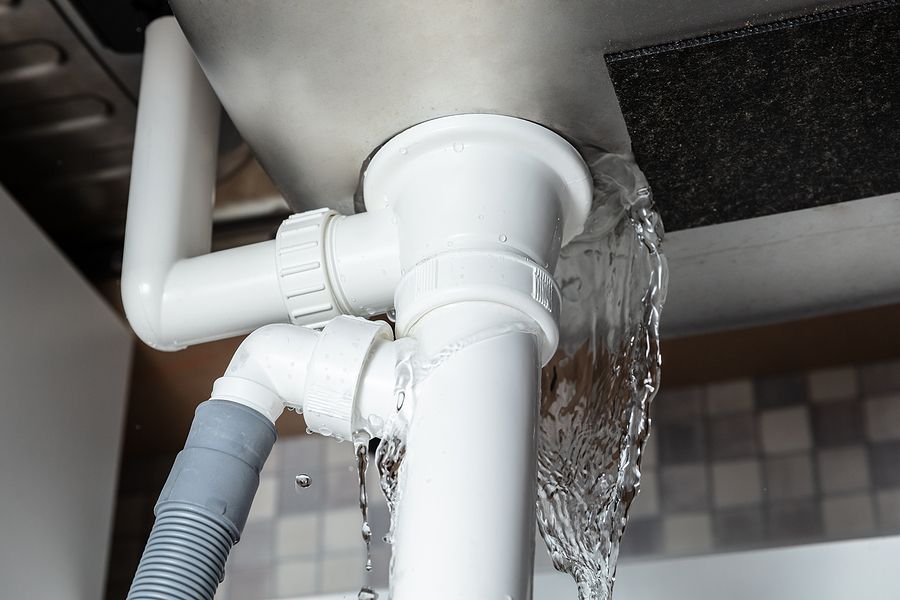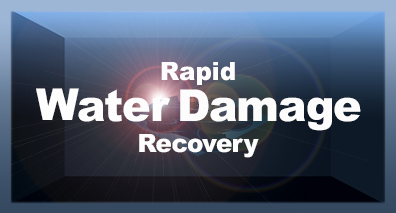
Blog 3: Common DIY Mistakes That Can Lead to Water Damage – and How You Can Avoid Them
DIY can be empowering.
It saves money, teaches new skills and brings the satisfaction of self-sufficiency.
But there are times when a little knowledge can be dangerous – especially when water is involved.
Here are some of the most common DIY mistakes we’ve encountered that have led to water damage in homes across London.
1. Poor Appliance Installation
Whether it's your washing machine, dishwasher or fridge with that fancy ice maker you splashed out on – installing water-fed appliances without proper plumbing knowledge can spell disaster.
One little loose connection, one incorrect fitting or that kinked hose you thought looked alright but was actually damaged will leak quietly for weeks before being detected.
2. Neglecting Gutter Maintenance
Clogged gutters. Don’t we just love them. And so easy to clean. Not.
But still, you must not shrink from the task, because, because that overflow of water you’ll soon notice is just the primary symptom.
They can actually cause water to back up into your roof, seep all the way down the walls into foundations and rot fascia boards.
Cleaning your gutters at least twice a year is essential, and of course especially after a storm.
3. Improper Bathroom Sealing
Moisture can cause paint or wallpaper to lose adhesion. If you notice bubbling, cracking or peeling on your walls, this may indicate a leak within the wall cavity.
4. Forgetting to Check for Pipes Before Drilling
I’ve actually done it in my dreams. I was putting up a bathroom shelf and there it happened. The tile was stubborn at first but then it suddenly gave, and the drill went straight through.
But, rather than the stuff of dreams, it’s more common than you think. We've seen countless cases of homeowners drilling into walls to mount TVs or shelves and accidentally puncturing a water pipe.
That pipe detector you considered but then thought you could do without would actually have been a very good investment.
It really does come in very handy before drilling or nailing into your walls.
5. Using the Wrong Materials
Not all materials are waterproof – and some absorb water like a sponge. Using standard plasterboard instead of water-resistant alternatives in wet rooms or basements can be a costly error.
6. When to Call in the Experts
There’s no shame in asking for help!
If a project involves plumbing or looks like it’s going to affect the structural waterproofing of your home, it's best to consult professionals.
At Rapid Water Damage Recovery, we offer inspections, consultations and emergency repairs.
Book a professional inspection or consultation with our team to avoid these costly mistakes and ensure your home remains protected.
